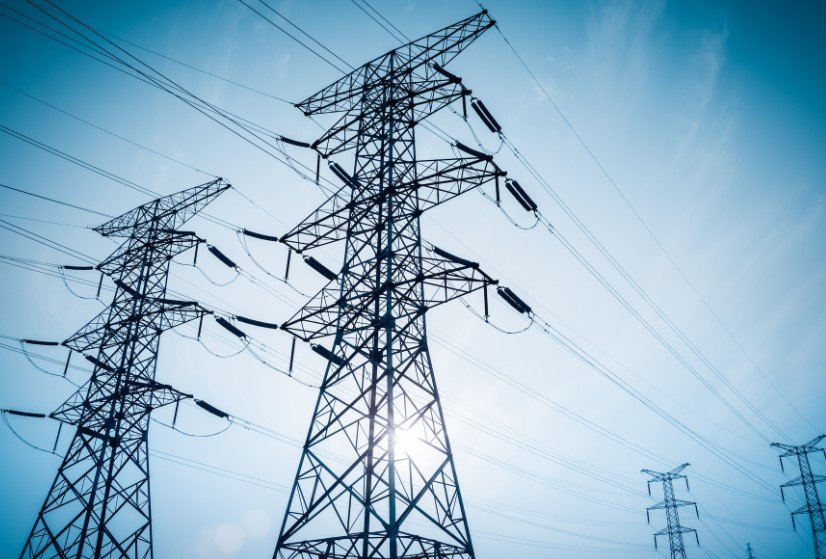Egypt’s Minister of Electricity and Renewable Energy, Mahmoud Essmat, met with Dimitris Copelouzos, head of Greece’s Copelouzos Group, on August 13, 2025, to review progress on a major electricity interconnection project. This initiative aims to export renewable energy from Egypt to Europe through Greece, positioning Egypt as a key regional energy hub amid global pushes for clean power.
Project Background and Goals
The Egypt-Greece electricity interconnection, known as the GREGY project, seeks to link the two nations with an undersea cable spanning about 1373 kilometers. Leaders from both countries first signed a memorandum of understanding in 2021 to explore this venture, focusing on transmitting clean energy generated from solar and wind sources in Egypt.
This project aligns with Europe’s efforts to reduce reliance on fossil fuels and achieve energy independence, especially after recent geopolitical tensions. Egypt plans to generate up to 9500 megawatts from new renewable installations, with the cable capable of carrying around 3000 megawatts to Greece and onward to other European nations.
Officials emphasize that the link will help combat climate change by promoting green energy usage across borders. It also supports Egypt’s broader strategy to interconnect with neighboring countries, enhancing regional stability through shared resources.

Key Highlights from the Recent Meeting
During the August 13 discussion at the ministry’s headquarters in Egypt’s New Administrative Capital, Essmat and Copelouzos covered several critical updates. They reviewed site selections for solar and wind projects, transmission line routes, and outcomes from talks between Egyptian and Greek grid operators.
The meeting also addressed tender procedures and potential European funding offers. Both sides stressed the need to upgrade national grids to handle the increased capacity, ensuring smooth power flow to Europe.
Essmat described these interconnections as bridges of friendship that foster sustainable development. He noted strong political support in Egypt for such initiatives, which fit into the nation’s plan to maximize renewable energy returns.
Strategic Importance for Energy Security
This power link holds significant value for both Egypt and Europe. For Egypt, it opens doors to export surplus renewable energy, boosting the economy and establishing the country as a central player in global energy trade.
Europe benefits by diversifying its energy sources away from traditional suppliers, aiding goals like cutting greenhouse gas emissions. Recent events, such as Egypt adding 2000 megawatts of solar and wind power to its grid in 2025, show the nation’s growing capacity to supply clean electricity.
The project contributes to broader regional efforts, including similar links with countries like Saudi Arabia and Cyprus. These interconnections create a more resilient energy network, reducing risks from supply disruptions.
Here are some key benefits of the project:
- Enhances energy independence for Europe by reducing dependence on fossil fuels.
- Promotes climate goals through increased use of renewable sources.
- Generates economic opportunities, including jobs in renewable energy sectors.
- Strengthens diplomatic ties between Egypt, Greece, and the European Union.
Technical Details and Challenges
Engineers plan to implement the project with high-voltage direct current technology for efficient long-distance transmission. The cable will connect landing points in Egypt and Greece, with converter stations handling the power conversion.
A recent European Union contribution of 10 million euros in April 2025 supports feasibility studies and implementation. The total investment is estimated at 3.56 billion euros, with completion targeted in seven to eight years.
Challenges include coordinating international regulations and ensuring grid stability. Both nations are working on these issues through joint studies and upgrades.
| Milestone | Date | Description |
|---|---|---|
| Initial MoU Signed | 2021 | Agreement between Egypt and Greece to explore interconnection. |
| Project Inclusion in EU Plans | 2022 | Recognized as a strategic initiative for energy independence. |
| Renewable Energy Pledge | 2023 | Commitment to develop 9500 MW solar and wind projects. |
| EU Funding Announced | April 2025 | 10 million euros allocated for studies. |
| Latest Progress Meeting | August 13, 2025 | Review of sites, routes, and tenders. |
Future Prospects and Global Impact
Looking ahead, the project could expand to include more capacity or additional links, further integrating African and European energy markets. Experts predict it will play a role in meeting the European Union’s 2030 climate targets, which aim for 45 percent renewable energy in the mix.
Egypt’s recent advancements, like the Benban solar complex, position it well to lead in renewable exports. As global demand for green energy rises, this interconnection could inspire similar projects worldwide.
The initiative reflects a shift toward collaborative energy solutions, addressing both environmental and economic needs in a changing world.
What do you think about this energy project? Share your thoughts in the comments below and spread the word by sharing this article with friends interested in renewable energy developments.
